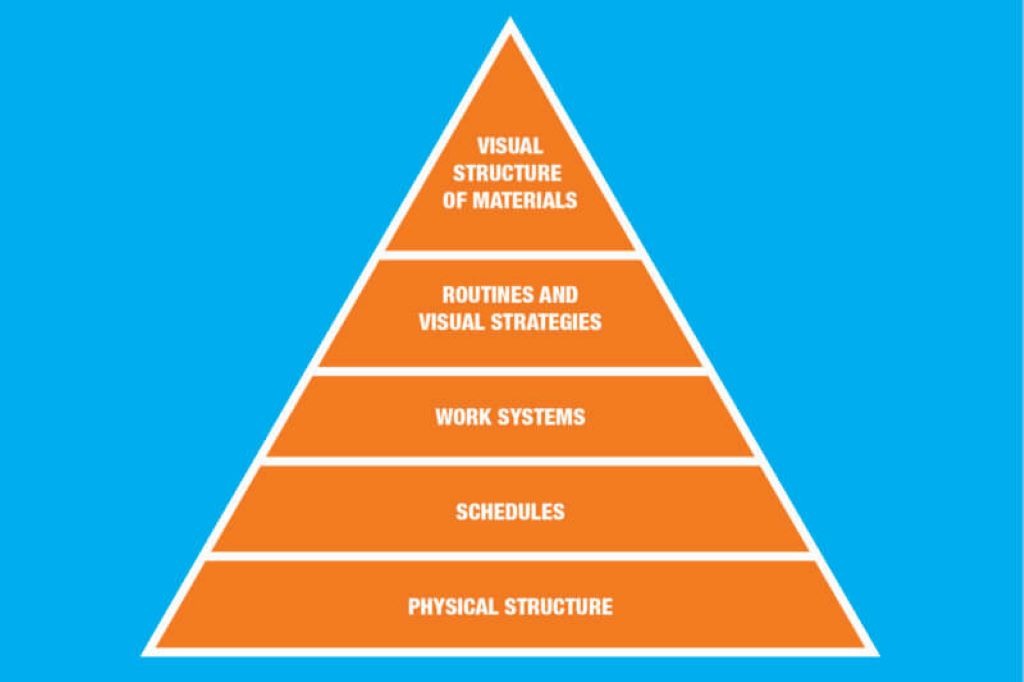For children with special needs, predictability and structure can be powerful tools. Structured routines at home create a safe and familiar environment, fostering a sense of security and reducing anxiety. This, in turn, allows children to focus on learning, developing independence, and thriving in their daily lives.
Why are Routines Important for Special Needs?
Children with special needs may face challenges with processing information, managing transitions, or regulating emotions. Structured routines provide a clear framework that anticipates these needs.
- Predictability: Knowing what comes next reduces anxiety and allows children to mentally prepare for transitions.
- Security: Consistent routines create a sense of safety and control, fostering a calming environment.
- Independence: Routines broken down into manageable steps empower children to complete tasks independently, building confidence.
- Communication: Visual schedules and clear expectations facilitate communication, especially for children with limited verbal skills.
- Reduced meltdowns: Predictability and clear expectations minimize frustration and the likelihood of meltdowns triggered by unexpected changes.
Creating Effective Routines
- Tailor to Individual Needs:
There’s no one-size-fits-all approach. Consider your child’s age, specific needs, and learning style when creating routines.
- Age: Younger children may benefit from shorter, more frequent routines, while older children can handle longer schedules.
- Needs: Adapt routines to accommodate sensory sensitivities or physical limitations.
- Learning Style: Use visuals, timers, or verbal cues that align with how your child learns best.
- Focus on Consistency:
Strive for consistency in daily routines whenever possible. This includes wake-up times, meal schedules, bedtime rituals, and even playtime activities. Consistency allows children to internalize expectations and anticipate what comes next.
- Break Down Tasks into Steps:
Large, complex tasks can feel overwhelming. Break them down into smaller, more manageable steps. For example, a morning routine might include separate steps for getting dressed, making breakfast, and packing a backpack. Consider using visuals like picture cards or checklists to illustrate these steps.
- Incorporate Visual Supports:
Visual schedules are powerful tools for children with special needs. They can be created using pictures, real objects, or words, depending on the child’s age and understanding. These schedules provide a clear visual guide to the day’s activities, promoting independence and reducing reliance on verbal instructions.
- Positive Reinforcement:
Celebrate successes along the way! Positive reinforcement encourages children to continue participating in routines. This can be verbal praise, sticker charts, or even small rewards for completing tasks.
Beyond Daily Routines:
Structured routines extend beyond daily schedules. Here are additional ways to incorporate structure:
- Create designated areas for activities. A quiet corner for reading or a specific workspace for homework can provide a sense of calm and focus.
- Establish clear rules and expectations. Be consistent in enforcing them, using positive language whenever possible.
- Plan for transitions. Use verbal cues or timers to signal upcoming changes in activity. Provide opportunities for movement breaks or calming strategies during transitions.
- Maintain consistent routines even on weekends and holidays. However, allow for some flexibility to accommodate special occasions and avoid unnecessary rigidity.
Tips for Managing Change:
While routines are essential, some level of change is inevitable. Here’s how to help your child navigate these disruptions:
- Prepare for anticipated changes: Talk about upcoming events, like doctor’s appointments or school trips, in advance. Use social stories or visual aids to illustrate what to expect.
- Offer choices within routines: For example, let your child choose their outfit from two pre-approved options.
- Be flexible: Unexpected events happen. It’s okay to deviate from the routine sometimes, but try to explain the reason for the change.
Remember:
Creating and maintaining routines is an ongoing process. Be patient, adjust as needed, and celebrate your child’s progress. With consistent effort, structured routines can become a foundation for success, promoting a positive and enriching environment for children with special needs.
Additional Resources:
Consider consulting with your child’s therapist or pediatrician for further guidance on creating routines tailored to their specific needs. Several online resources offer additional information and tools for creating visual schedules and implementing effective routines at home.







